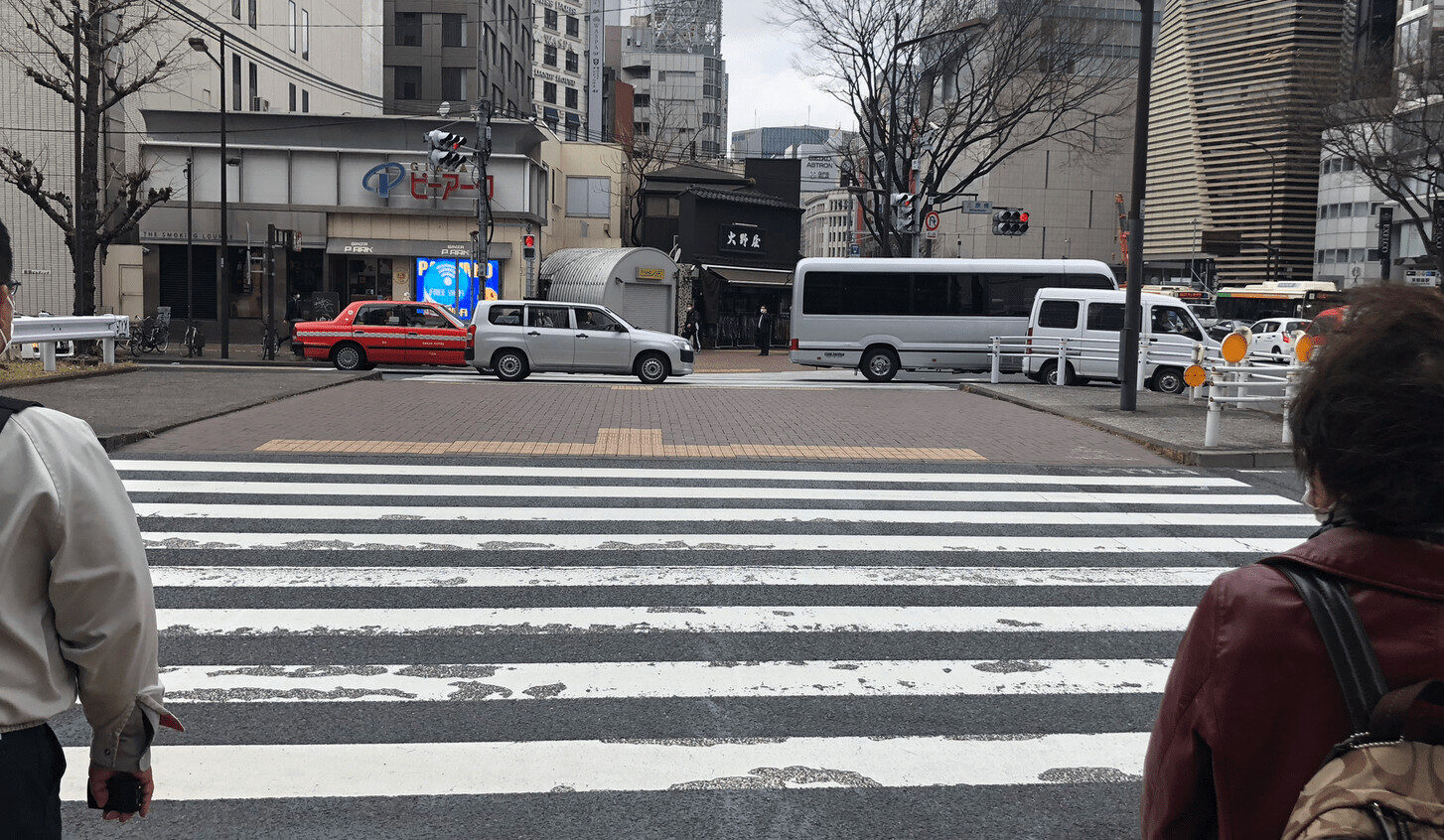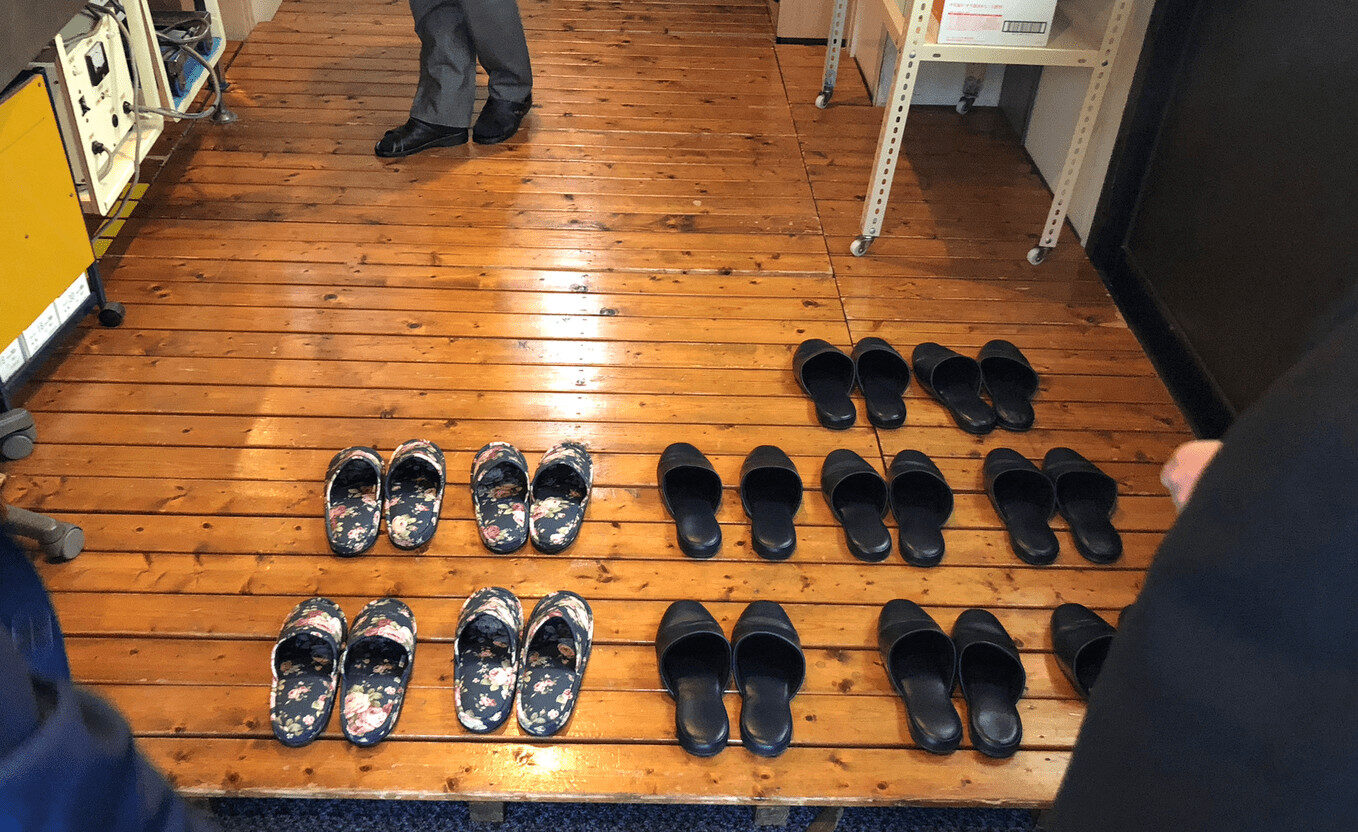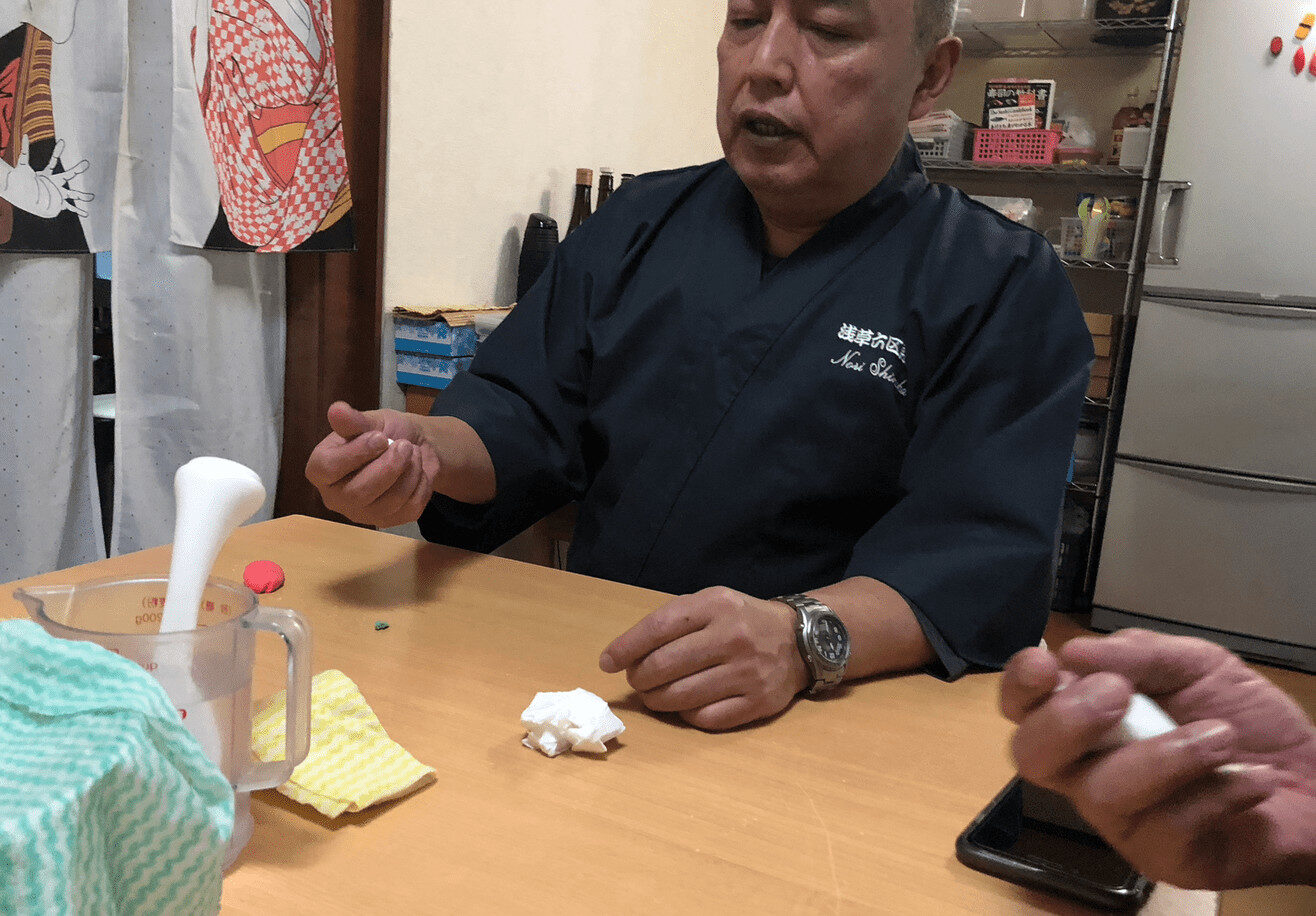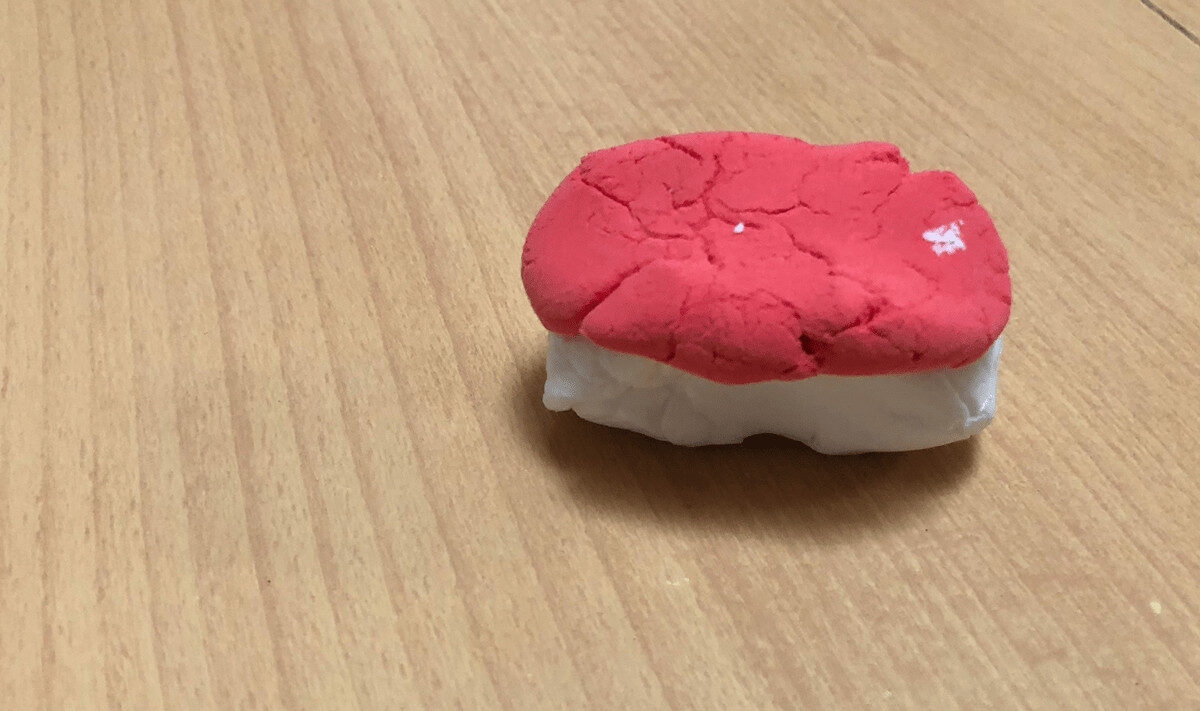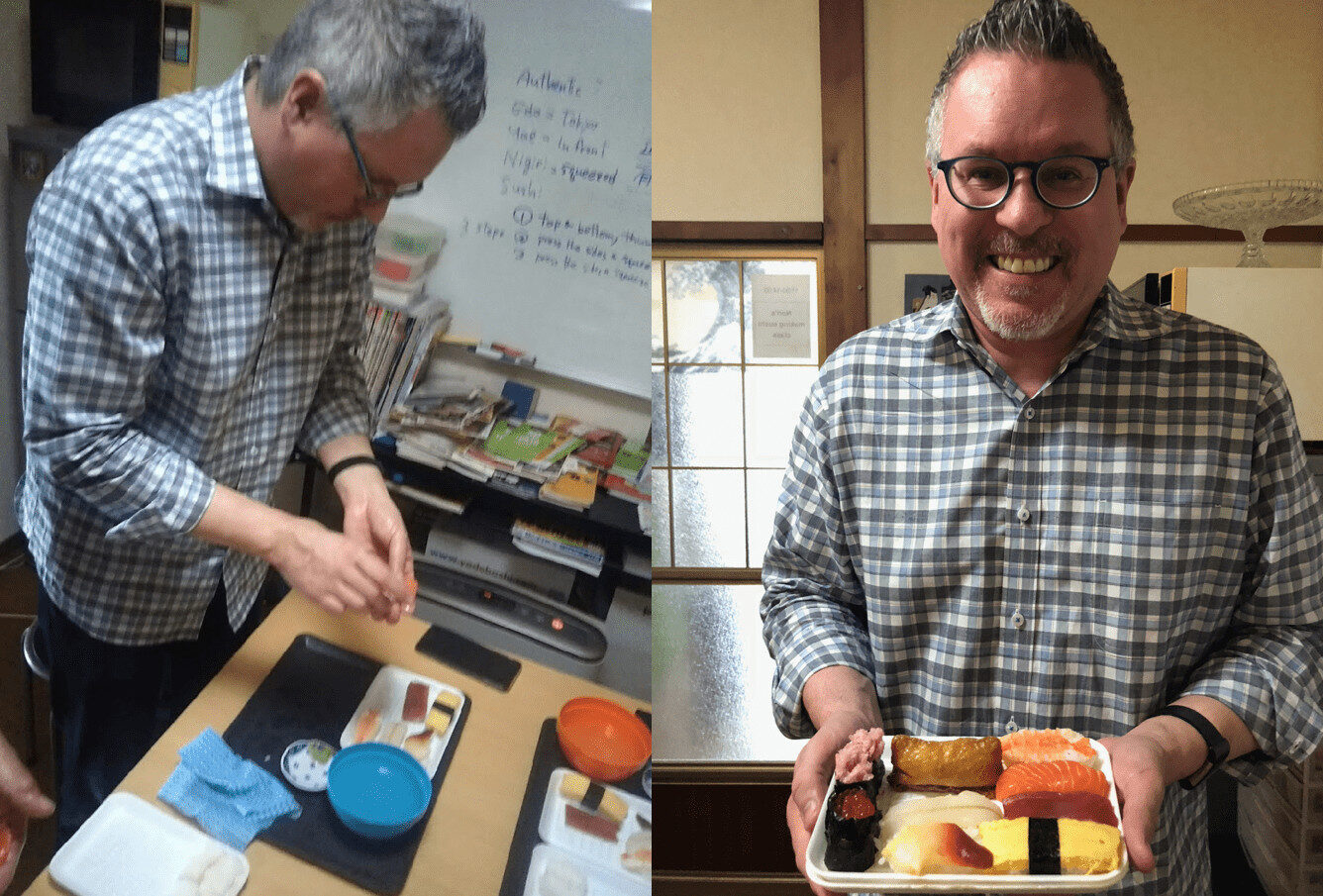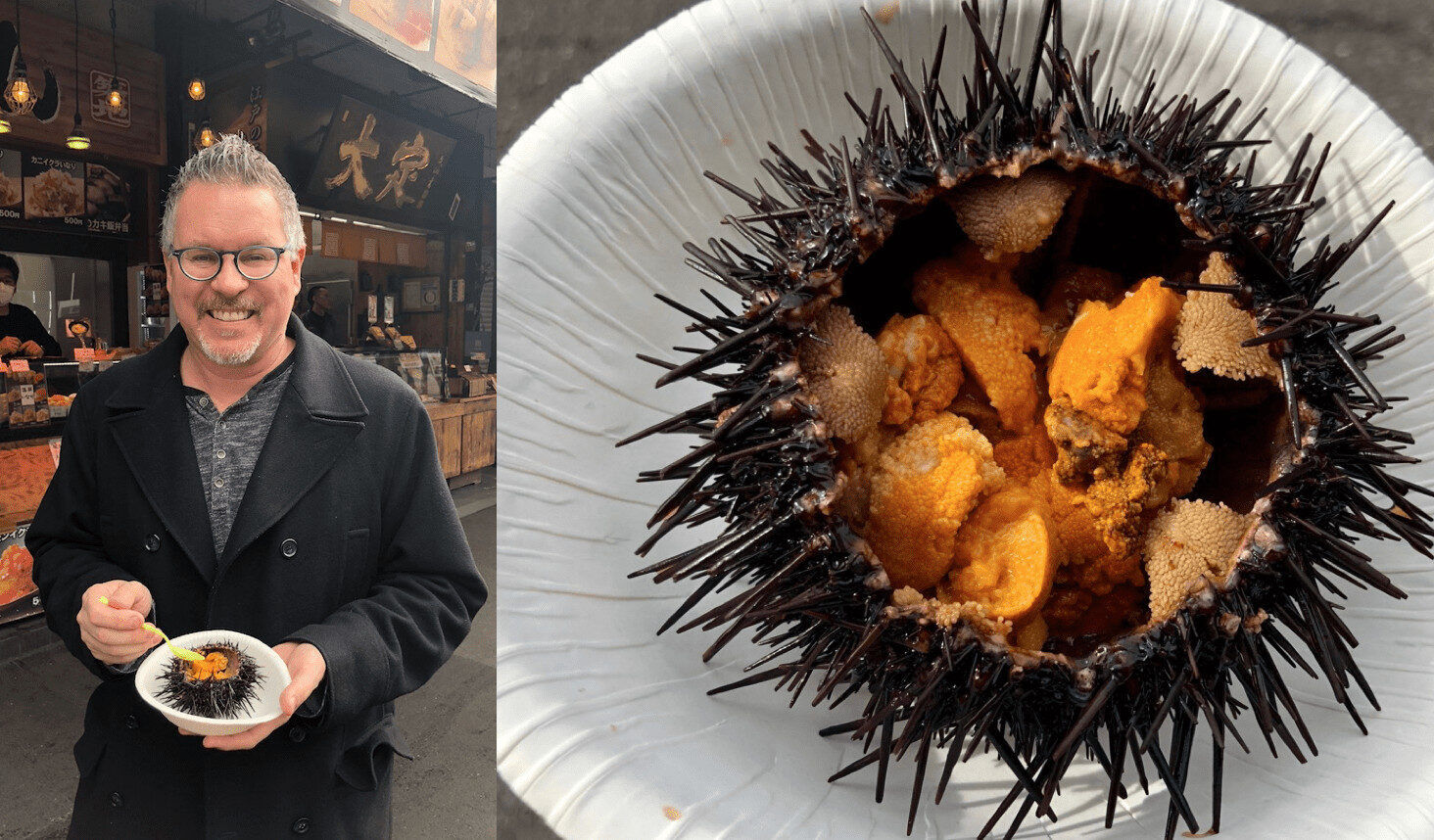 Last week, I got back from my third trip to Japan and we visited three hospitals, Toyota, another manufacturer, and heard from a cafeteria services company leader about their Lean and continuous improvement journeys. As I've blogged about before, some of these organizations have been practicing TQM for 30 years and are adding elements of Lean methods on top of that foundation.
Last week, I got back from my third trip to Japan and we visited three hospitals, Toyota, another manufacturer, and heard from a cafeteria services company leader about their Lean and continuous improvement journeys. As I've blogged about before, some of these organizations have been practicing TQM for 30 years and are adding elements of Lean methods on top of that foundation.
I'm hardly an expert on Japan. I still feel like I view the country with fresh eyes.
Standards and Standardized Work… at Work
During this trip, I heard a number of people talk about the cultural imperative about following rules and laws. In the workplace, we might call these rules “standardized work”
But, standardized work in a Lean culture doesn't mean being too rigid, as I blogged about after my first trip in 2012:
Standardized Work: “Unity in the Essential, Liberty in the Non-Essential…”
Sometimes, I hear people say things like, “Lean would be easier if we were Japanese.” I don't think that's necessarily true. Yes, there's a strong sense of discipline and customer service, but many Japanese people talk about how it's difficult to speak up, in general. Harmony, if not conformity, are the expectations. Speaking up about Kaizen or improvement ideas is difficult since “the tallest blade of grass gets cut first” is one variation of an expression I've heard there.
“Lean culture” is not exactly the same as “Japanese business culture.” The Japanese national culture is a strong contributor to the success of organizations that practice Lean and TQM diligently. But American culture can be a strong contributor, too, including our generally high willingness to stick our necks out and speak our minds (even if organizations have generally trained people NOT to speak up).
In an American organization, it might be a struggle to get people to follow a standard process instead of “what works for me.” In Japan, it might be a struggle to encourage people to take risks and to do Kaizen. Kaizen is perhaps more common in Japanese workplaces, but it's not the default… it's a culture you have to create.
Lean, TQM, improvement, whatever you want to call it is something that Japanese organizations have to create, nurture, and sustain.
One example of following the rules is that you rarely see somebody in Japan jaywalking or crossing on red, even if there's no traffic coming:
There was no traffic going from right to left, on the near side of the street. In America, we'd generally be impatient and cross, at least over to the center median. And, we'd probably go the rest of the way if we could.
As I blogged about before, people in Japan usually follow the rules about walking on the correct side of a staircase or walkway.
Another example of following the rules includes not just taking off your shoes, but lining them up neatly or in the exact designated space on the shelf.
At the one electronics manufacturer, I didn't get a photo of it, but when we returned to get our shoes, they had been lined up as neatly as the slippers were when we arrived (I think our group hadn't been orderly enough with our shoes… my apologies).
One man in our group accidentally took a pair of flowered women's slippers and was reminded, with a smile, to follow the rules as they handed him the black men's slippers.
Sushi Making and Eating
I took a sushi-making class while taking a few extra days in Tokyo. We, of course, left our shoes at Chef Nori's door as he offered us slippers. Chef Nori taught us many rules about making sushi (and eating it).
Before he let us touch rice and fish, we practiced for a while using some clay. Chef Nori is explaining what I'd call some of the “key points” about making the rice base for Nigiri sushi, including the size of the ball.
The standard is flexible and customized. The rice base should be made so it's the size of each customer's mouth… smaller sushi for women or others with smaller mouths. You can only do that, of course, if you're making sushi across the sushi bar from each customer (and it might lead to a gender discrimination lawsuit with an American sushi restaurant.
Here's what I made from clay:
Chef Nori said that, when he learned sushi making, that he practiced for three years with a towel (I think before he was allowed to work with real food). As you practice and learn, you “have to let the fingers memorize the movements.” Eventually., the sushi should be made in three seconds or less.
Chef Nori walked through specific instructions (printed on a whiteboard, given verbally, and then demonstrated by him). He then coached us as we each tried (the four of us in our class).
Some of these rules, as I remember, include:
- Detailed instructions about how to slice the fish
- Rice is supposed to be served at body temperature
- How to dip your hands into water, to avoid rice sticking to you
- How to place any rice that sticks to you back in the pot (use the wet cloth to wipe it off… don't waste a single grain!)
- How and where the place the sliced fish on your left hand's fingers (palm side)
- How to grab rice and initially form the rice base
- How to use your left thumb to make a large indent in the bottom of the rice (something I never knew existed) – an “air pocket” as it's called
- The multiple steps of how to squeeze the rice and fish (including a VERY specific instruction to always flip the Nigiri over by rolling it AWAY from you, not toward you)
Here is a short video of him working with the clay:
Many of these steps included a good “reason why” explanation as we'd see in a good Lean training approach. He wasn't formally following the Training Within Industry methodology, but it was close. He wasn't just telling us to do things a certain way because he said so.
Oh, and the standardized work for eating included:
- Always take the entire piece into your mouth, don't bite off of it
- Don't dip the rice in your soy sauce… if anything, dip the fish side… dipping rice makes it break apart and/or absorb too much soy sauce… creating a “small Mt. Fuji” in the plate
- Don't mix wasabi into your soy sauce (all of these things above are considered rude)
- You can use fingers or chopsticks for rolls and nigiri… use chopsticks for sashimi
I'll do my best to follow the rules.
Here's a photo of me working and what I made (with the chef's great coaching):
He said “good job” even when my roll turned out pretty badly (see that upper left piece below).
I cut the tuna and salmon… formed the rice… assembled the pieces. What fun!
A more properly plated final product that was delicious:
Here is a post I did in 2016 about a famed sushi chef and his work toward mastery of a craft:
It might be the “I'm working to improve my own craft over time” style of Kaizen, but it's possible that neither of the chefs would be open to “Kaizen” ideas from their employees… I'd be curious to find out.
Tipping and Paying
Japan is not a tipping culture. You don't tip in taxis or at restaurants, as everything is included in the price. It can be considered an insult to give a tip.
Back in 2014, our tour group had a great dinner at a traditional Japanese restaurant where the kimono-clad waitresses were really charming. One European in our group wanted to leave a tip. It might have been a Yen note that was about $10 or $20. Somebody in the group encouraged him not to leave it, but he insisted.
We got outside and down to the end of the block, waiting for the walk sign to change so we could cross.
The waitress came running after us. She said, “You forgot this.”
The rules wouldn't allow her to keep it… honesty and integrity demanded she give it back.
When I was in the Tsukiji fish market area to eat last Monday before heading home, I saw a stand that was selling uni where you could eat it right out of the cut sea urchin. I discovered in 2012 that I absolutely LOVE uni. I had never gotten to eat it that way, in that presentation, where you just scoop it out with a spoon.
So, here I am enjoying the uni this way (with a close up):
I had gotten a bit or two in… I was standing right in front of the stand, as the standardized work would say to not eat on the run. If you stand and eat it there, they have a trash can for their customers (since there aren't many public trash cans to be found).
One of the guys working at the stand came running out from around the back of the counter:
The price was JP¥1000 (just under $10) and I thought I handed him a 1000 yen note. The standardized work in Japan involves mainly paying in cash (see this post Katie Anderson wrote).
It turns out I had mistakenly given him a JP¥10000, worth about $100. Oops! The notes are different colors and I'm not color blind. I think I was excited about the uni and wasn't paying attention.
So he came after me to give me change. He joked, “Unless you want me to keep it.”
I was amazed. How many businesses in other parts of the world would have just kept the larger mistaken bill? I mean, it was my mistake after all, since I turned and walked away without waiting for change.
I appreciate the service culture and the attitudes in Japan. I can't wait to go back!
Please scroll down (or click) to post a comment. Connect with me on LinkedIn.
Let’s work together to build a culture of continuous improvement and psychological safety. If you're a leader looking to create lasting change—not just projects—I help organizations:
- Engage people at all levels in sustainable improvement
- Shift from fear of mistakes to learning from them
- Apply Lean thinking in practical, people-centered ways
Interested in coaching or a keynote talk? Let’s start a conversation.



